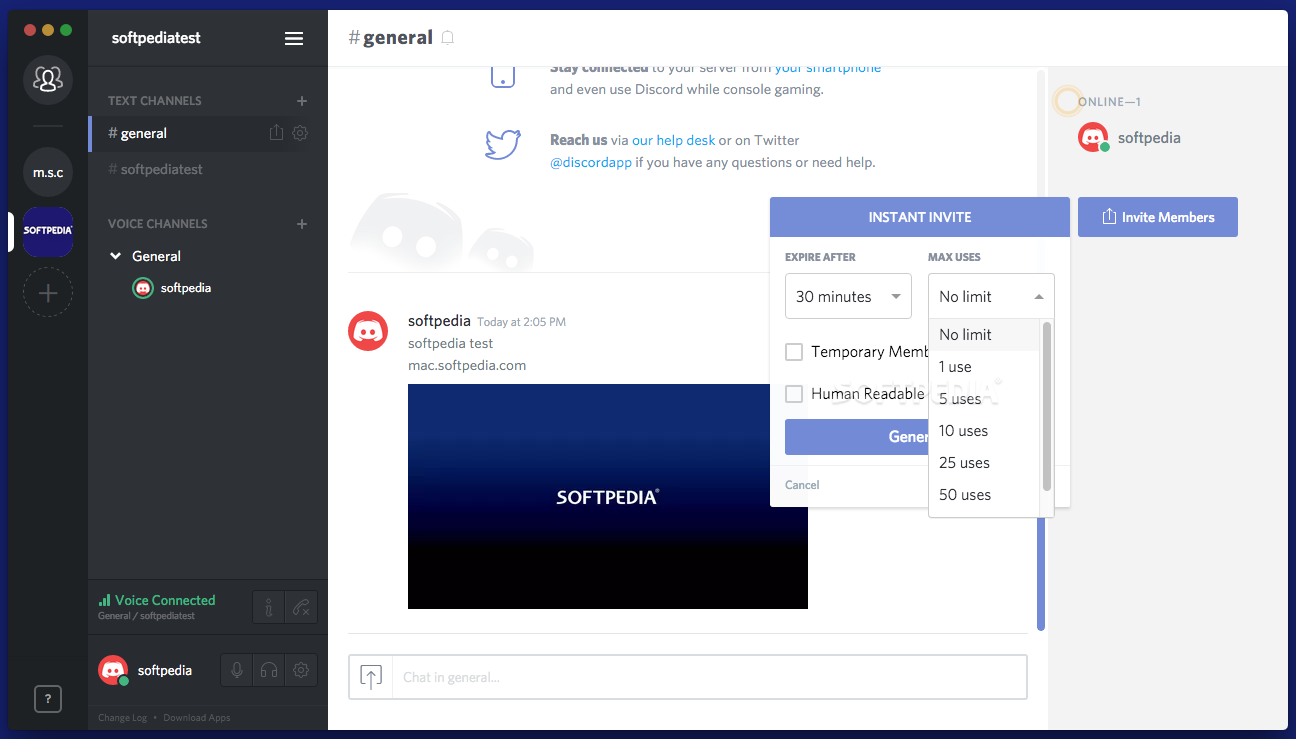

You can use an external data source so that Mac can create a Time Machine on it. If you do not want to let go of your important files during the reinstallation process, then consider taking their backup beforehand. Time Machine is the inbuilt solution to backup data on Mac and restores it afterward. There are different ways to backup data on Mac. If you don't want to suffer from an unexpected loss of your important files during the reinstallation, then you should take a backup of your data beforehand. How to Reinstall Mac OS? Step 1: Backup Files on Mac Once you are ready, simply take the following steps to reinstall macOS without losing its data. Update your Mac Apps to the latest versions.Leave at least 2GB of memory and 8.8 GB of storage space on your Mac.Your system might download the needed patches and updates during the process. Keep your Mac connected to a stable internet connection for a seamless updating.Also, if you think your system has been infected by malware, then consider formatting it as well. Disconnect all the attached units like USB drive, SD card, etc.Thus, you can consider taking its backup if you don't want to lose it. Chances are that your existing data on Mac might be deleted after the reinstallation. It is recommended to not keep it in direct sunlight or a hot place during the process. Leave your Mac in a During the reinstallation process, your Mac might be overheated or restart multiple times.Therefore, your Mac should be charged enough to complete the installation. Mostly, it takes 30 minutes to 3 hours to reinstall macOS (the exact time would vary among different OS and system models).For instance, if your system has been upgraded to a corrupt macOS version or the update was halted in between, then you need to reinstall OS X.īefore we teach you how to reinstall macOS X, there are certain vital things that you need to consider. Other issues – There could be numerous other issues with your Mac as well that would demand a reinstallation.Malware attack – A virus or malware can also infect the core function of macOS and would demand a complete reinstallation of the tool.In order to fix it or run troubleshooting, you would need to reinstall the OS. Corrupt OS – Ideally, your macOS can get corrupt or compromised due to different reasons.Mostly, the issue is resolved by visiting the Mac recovery mode. Startup issues – Apart from the firmware, there would be a problem with your Mac's startup or bootstrap program as well.It can happen when macOS seems to malfunction and can't complete the needed operations. Firmware issues – Mostly, a firmware issue related to macOS demands a reinstallation of the operating system.The following are some of the common problems that force a complete reset on a Mac. There are all kinds of reasons for us to reinstall macOS on the system. Recover Erased Files after Reinstalling Mac OS.Troubleshooting: How to Reinstall Mac OS?.


 0 kommentar(er)
0 kommentar(er)
